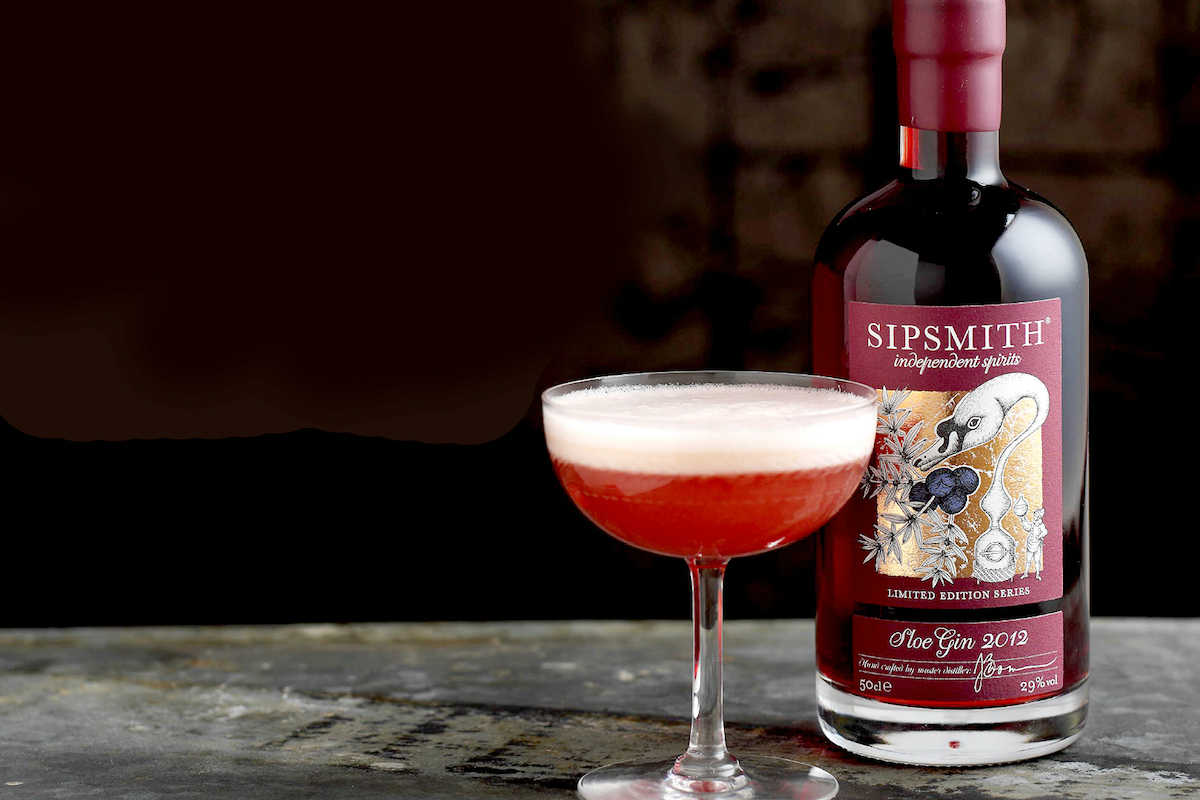There’s a lot more to gin than just London Dry (see, for instance, Old Tom). And, while some of the juniper spirit’s lesser-known varieties like genever have been getting more attention of late, sloe gin remains a mystery to many. So, let’s take a peek behind the curtain at what, exactly, you’re dealing with.
What Is Sloe Gin?
Sloe Gin is a spirit made by infusing gin with the berries of the Prunus Spinosa, a thorny shrub native to Europe, Western Asia, and Northwest Africa. The berries—which are too astringent for direct consumption—are commonly referred to as “sloe” or “blackthorn” berries. When steeped with gin, they impart a tart, fruity, and slightly nutty flavor along with a distinct red color. Sugar is typically added to the infusion to help extract juice from the berries. That practice, along with the spirit’s lower ABV, has led to sloe gin’s common classification as a liqueur.
Sloe gin is most identified with England, which contains most of its traditional makers. Many, such as Plymouth, Hayman’s and Sipsmith (pictured above), produce their sloe gin by steeping their own London Dry styles with sloe berries. But it’s not solely a UK product, as stateside creations include Spirit Works Sloe Gin from California.
Sloe Gin Basics
- Sloe gin is created by steeping sloe berries in high-proof gin (sometimes sloe juice is also used).
- The main flavor of sloe gin must come from sloe berries.
- Sugar is often added.
- According to European Union regulations, sloe gin must be distilled to a minimum strength of 25% ABV.
How Do You Use Sloe Gin?
While many sloe gins begin their life as a London Dry, the final product is anything but. You many not want to make a Martini using sloe gin, but you can easily drink it over ice with soda or tonic water. The most famous cocktail to feature the spirit is the classic Sloe Gin Fizz (you can try your hand at a more modern version, too).



